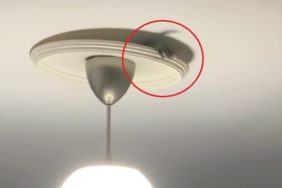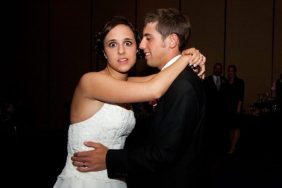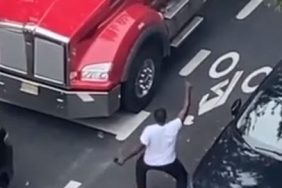“I live in Brooklyn. By choice. Those ignorant of its allures are entitled to wonder why,” Truman Capote wrote in the celebrated essay, “Brooklyn Heights, a Personal Memoir” for Holiday magazine in February 1959. The essay came about after a meeting with John Knowles, an editor who has said that the travel magazine “asked me to get Truman for them.” In a masterstroke, they came up with the idea of doing an illustrated essay on the New Orleans native’s adopted homeland.
Also: Take a Trip Back in Time with Louis Stettner and Discover Life in “Penn Station, New York” c. 1958
Capote’s essay tells the story of a place and a time that was foreign to most, an Old York inhabited by a broad mix of people from all walks of life. The essay, which was published along with four photographs by David Attie, provides a short history of the neighborhood in which he lived in the basement apartment of 70 Willow Street from 1955 to 1965. Here, Capote completed Breakfast at Tiffany’s and wrote In Cold Blood, two novels many consider among his finest works.

Capote selected Attie to illustrate the essay after collaborating the previous year on a series of photomontages for Breakfast at Tiffany’s originally slated for Harper’s Bazaar. This was Attie’s first professional photo assignment, but it did not see print as the magazine decided not to run Capote’s novella after the publisher deemed it “not suitable,” expressing concern it might offend Tiffany’s, a major advertiser. Capote later sold the novella to Esquire with the stipulation that they run Attie’s photographs.
Capote’s loyalty remained unwavering, as he secured Attie the job illustrating “Brooklyn Heights, a Personal Memoir.” In 1958, Capote took Attie around the neighborhood to photograph the scenes of everyday folk, visiting favorite haunts, and capturing the spirit of the place. In total, Attie took some 800 photographs for the shoot, a selection of which was published with the story that helped to launch his career.


In 2001, Capote’s essay was republished as a book, with an introduction from the late, great George Plimpton. In 2014, Attie’s son Eli came across a manila envelope marked “Holiday, Capote, A3/58,” filled with the negatives and contact sheets from the shoot. Last November the, publisher, Little Bookroom, re-introduced the book as Brooklyn: A Personal Memoir with the Lost Photographs of David Attie.
Now, the Brooklyn Historical Society delves even further into the archive for the first exhibition of the work in Truman Capote’s Brooklyn: The Lost Photographs of David Attie, on view now through July 2017. The exhibition includes 40 prints including 18 made by Attie himself, portraits of Capote and W.E.B. DuBois, three of the original Breakfast at Tiffany’s photomontages, two original, signed Capotte letters about the project, and an assortment of Attie’s contact sheets with his original grease pencil markings.

Taken as a whole, Truman Capote’s Brooklyn is a fresh dip into a deep pool of memory that exists only in stories and photographs. This is a world that has all but vanished, but for the artists who captured the world as they saw it. For that we are fortunate for the preservation of the past, as a reminder of who has traveled our same paths.
All photos: Original print by David Attie, courtesy of the Brooklyn Historical Society.
Miss Rosen is a New York-based writer, curator, and brand strategist. There is nothing she adores so much as photography and books. A small part of her wishes she had a proper library, like in the game of Clue. Then she could blaze and write soliloquies to her in and out of print loves.








